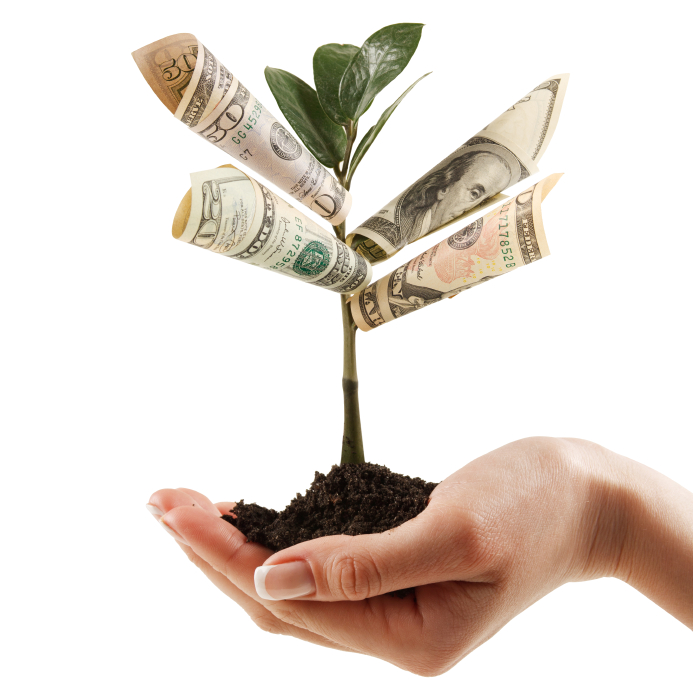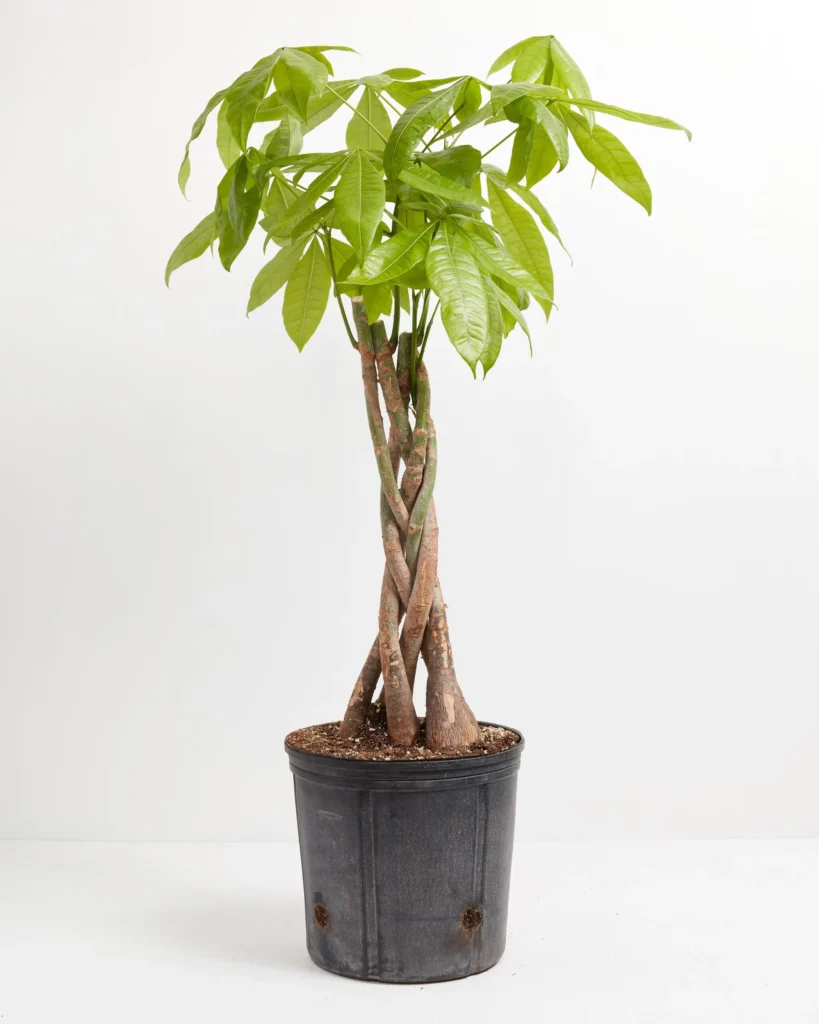Key Point: Money Tree
The money tree, scientifically known as Pachira aquatica, indeed has an interesting history and has become quite popular as a house plant. Here’s a summary of its key points:
- Origin and Popularity: Originally native to Central and South America, the MT gained popularity as a houseplant in Taiwan during the 1980s. Since then, it has spread worldwide due to its attractive appearance and reputation for being easy to care for.
- Cultural Significance: The MT holds significance in fengshui, an ancient Chinese practice that seeks to harmonize individuals with their surroundings. In feng shui, the Pachira aquatica is believed to bring good luck and positive energy (“chi”) into spaces where it is placed.
- Physical Characteristics: Typically, Pachira aquatica are sold as small plants with a braided trunk. The braided trunk, usually consisting of three, five, or seven stems, is a distinctive feature that is created when the trees are young and continues to grow that way as they mature.
- Growth Rate: Pachira aquatica are known to grow relatively quickly, both indoors and outdoors. They can add up to 24 inches (about 61 cm) in height each year under optimal conditions. This rapid growth rate contributes to their appeal as decorative plants.
- Care Requirements: Pachira aquatica are appreciated for their hardiness and ability to thrive in various conditions. They prefer bright, indirect light and well-draining soil. Regular watering is needed, allowing the soil to dry out slightly between watering to prevent root .
Overall, the Pachira aquatica’s combination of cultural symbolism, distinctive appearance with a braided trunk, and easy-care nature has made it a favorite among plant enthusiasts, decorators, and those interested in feng shui practices alike.

Requirements to healthy grow
Taking care of a Pachira aquatica indoors involves several key aspects to ensure its health and vitality. Here’s a detailed guide based on the care requirements you’ve mentioned:
Light Requirements
- Indoor Placement: Pachira aquaticaprefer bright to medium indirect sunlight. Place them near a window where they can receive at least six hours of sunlight per day. If direct sunlight is too harsh, filtered light through a curtain or sheer will suffice.
- Artificial Light: In spaces with insufficient natural light, fluorescent lights can also support their growth.
Soil and Potting Mix
- Use a well-draining potting mix that is high in peat moss. This type of mix helps maintain the proper acidity level (pH between 6.0 and 7.5) that Pachira aquatica prefer.
Watering
- Regular Watering: Keep the soil evenly moist during the growing season (spring and summer). Water thoroughly when the top inch of soil feels dry to the touch.
- Reduce Watering in Winter: Decrease watering frequency in fall and winter when the plant’s growth slows down. Allow the top inch or two of soil to dry out between waterings to prevent root rot.
Temperature and Humidity
- Pachira aquatica thrive in temperatures between 65°F to 75°F (18°C to 24°C). Avoid placing them near drafts or temperature extremes.
- Humidity: Maintain moderate to high humidity around the plant, especially in dry indoor environments. Increase humidity by using a humidity tray, regular misting, or using a humidifier.
Fertilizing
- Spring and Summer: Fertilize monthly with a diluted, balanced, all-purpose houseplant fertilizer to support active growth.
- Fall and Winter: Reduce fertilization to every two months, as growth slows during these seasons.
Pruning
- Regular Pruning: Trim off any yellow or dead leaves promptly to maintain the plant’s appearance and health.
- Training: If you have a braided Pachira aquatica or want to shape it into a bonsai form, prune and train it accordingly. Pruning also helps encourage new growth at the top of the plant.
Additional Tips
- Pest Control: Keep an eye out for common houseplant pests like spider mites or aphids. Treat infestations promptly with insecticidal soap or neem oil.
- Repotting: Pachira aquatica generally need repotting every two to three years or when roots outgrow the pot. Choose a slightly larger pot with good drainage.
By following these care guidelines, you can ensure that your Pachira aquaticaremains healthy, vibrant, and a beautiful addition to your indoor space.

Why is money Tree will be in every Home
Symbol of Prosperity
The money tree is widely regarded as a powerful symbol of prosperity, abundance, and good fortune.
Attraction of Opportunities
Placing a money tree in your home or office can help attract opportunities and support wealth manifestation.
Promotion of Financial Stability
The presence of a money tree promotes financial stability and serves as a reminder to nurture your finances and make wise investments.
Symbol of Growth and Resilience
The money tree symbolizes growth, resilience, and a prosperous future, reinforcing the concepts of wealth and success
this blog is written for Bhupi era.
FAQ
What is a Money Tree?
This question explores the basic definition and characteristics of the money tree, including its botanical name, appearance, and cultural significance.
How do you care for a Money Tree?
This covers the essential care instructions for a money tree, such as ideal light conditions, watering frequency, soil type, and any special considerations to keep it healthy.
What are the common problems and solutions for Money Tree care?
Here, you can delve into potential issues like yellowing leaves, pests, overwatering, or under-watering, and provide solutions or preventive measures for these problems.
What is the significance of the Money Tree in different cultures
This question explores the cultural and symbolic meanings of the money tree, including its association with good luck, prosperity, and Feng Shui practices.
How can you propagate a Money Tree?
Discuss the methods and steps involved in propagating a money tree, whether from cuttings or seeds, to grow new plants from an existing one.

